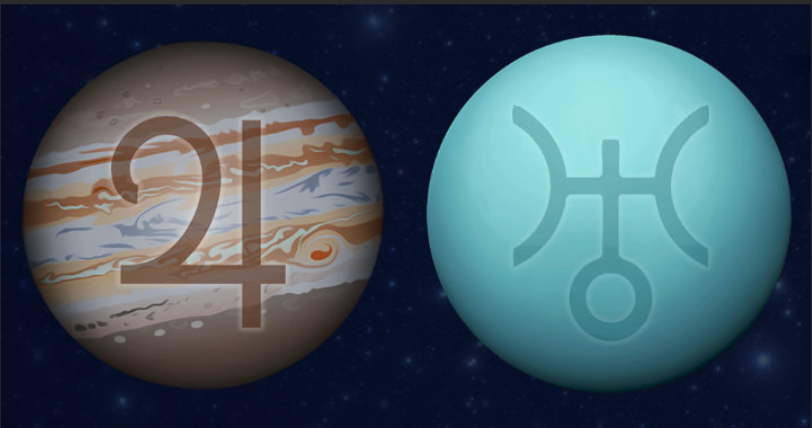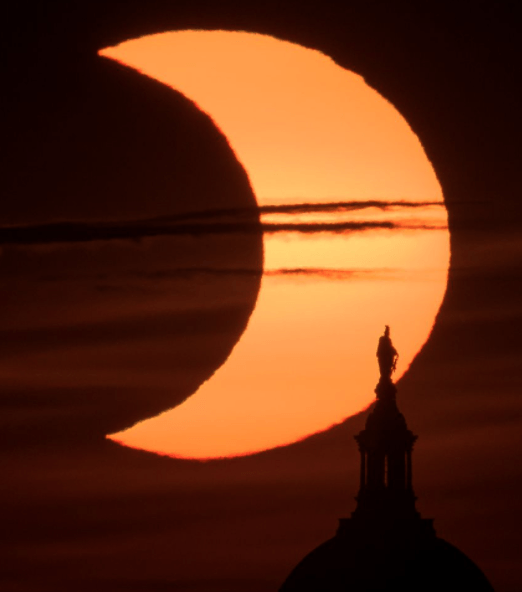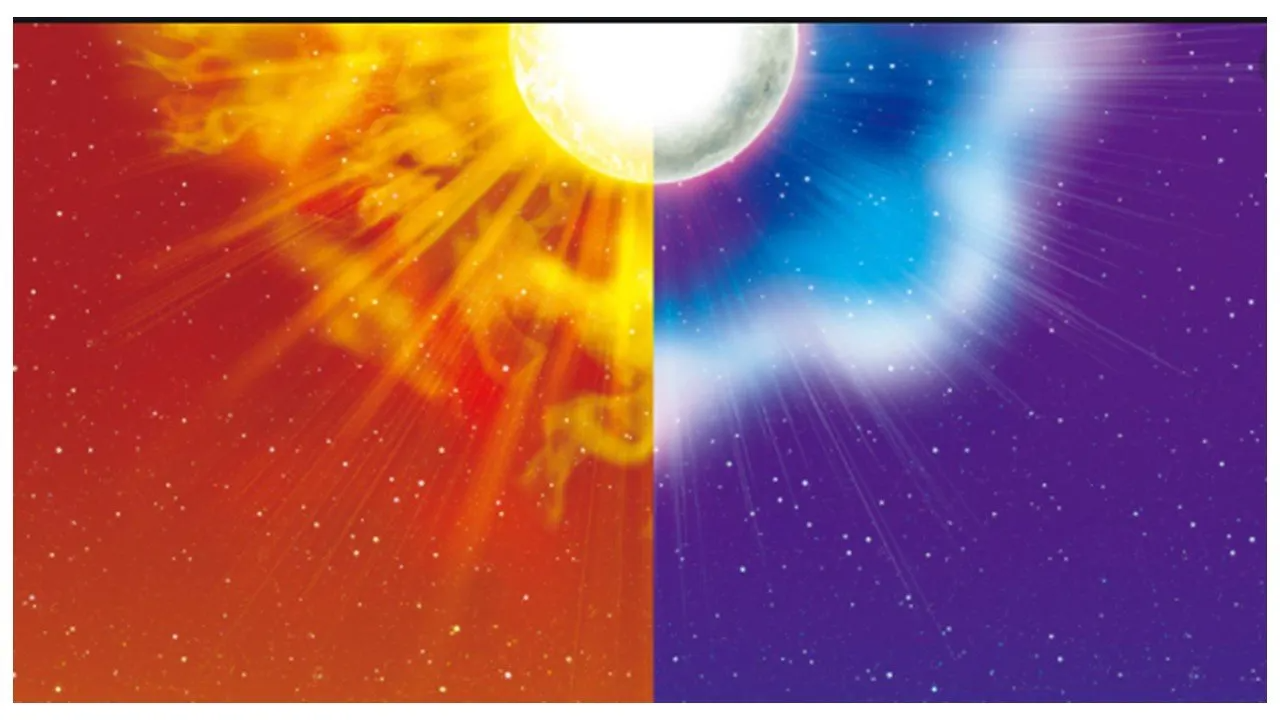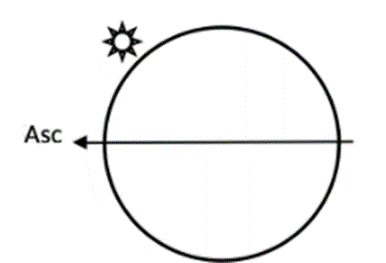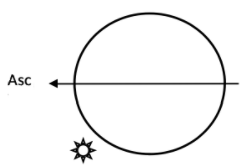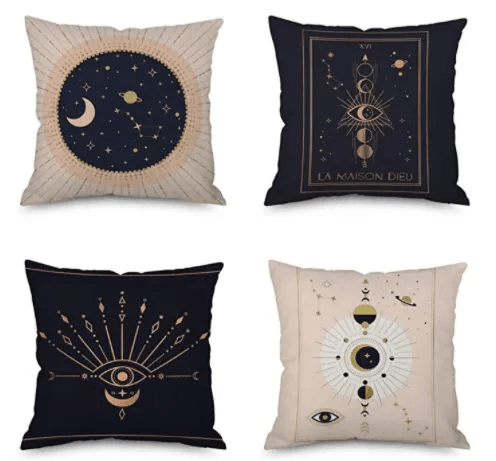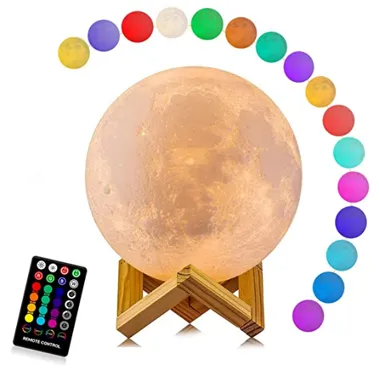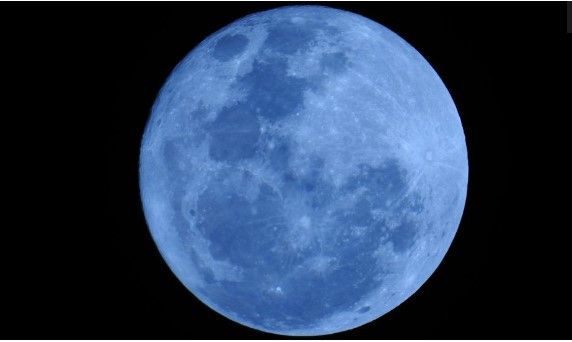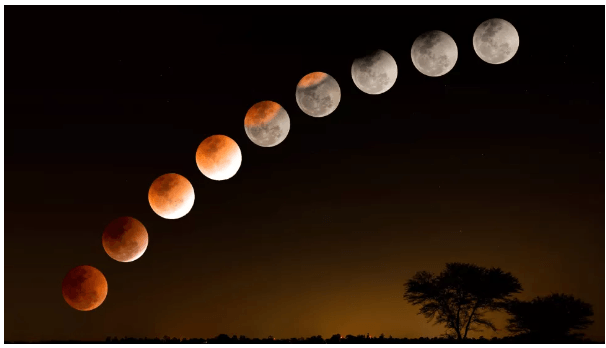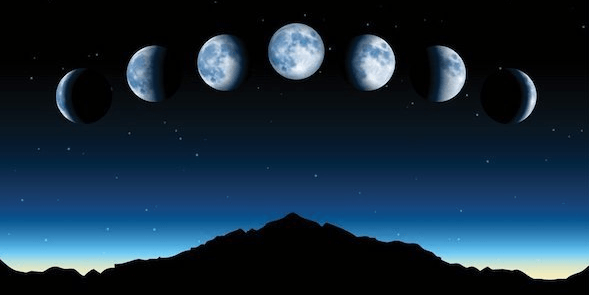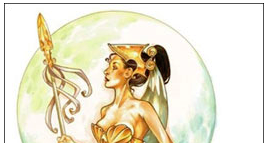Day Chart and Night Charts in Astrology - Why Does it Matter?
Discover the Difference of Having a Day or a Night Chart!
If there is one thing people want to know about their natal astrology chart besides what Sun Sign they were born under, it is whether they have a Day Chart or Night Chart. Why? Because that will determine whether you are a Sun Child or Moon Child – so to speak.
Perhaps it is more accurate to say that if you were born during the Day – the Sun takes the lead for you, and if you were born during the Night, the Moon becomes your leader amongst all the other planets in your chart.
Day Chart – with Sun above horizon (in either 7th, 8th, 9th, 10th, 11th, or 12th House)
Day Chart Team: Sun, Jupiter, and Saturn (and Mercury)
Night Chart – with Sun below horizon (in either 1st, 2nd, 3rd, 4th, 5th or 6th House)
Night Chart Team: Moon, Venus, and Mars (and Mercury)
I offer an amazing 20+ page report (Bundle #1) that includes two versions of your chart and 20+ page report of all 10 Planets, 12 Houses, major aspects, and more.
Click here for more information and sample Natal Astrology Chart report (Bundle #1)!
Book: Relationships, Compatibility & Astrology: How Do You Match Up With Other Sun Signs?
Blog
